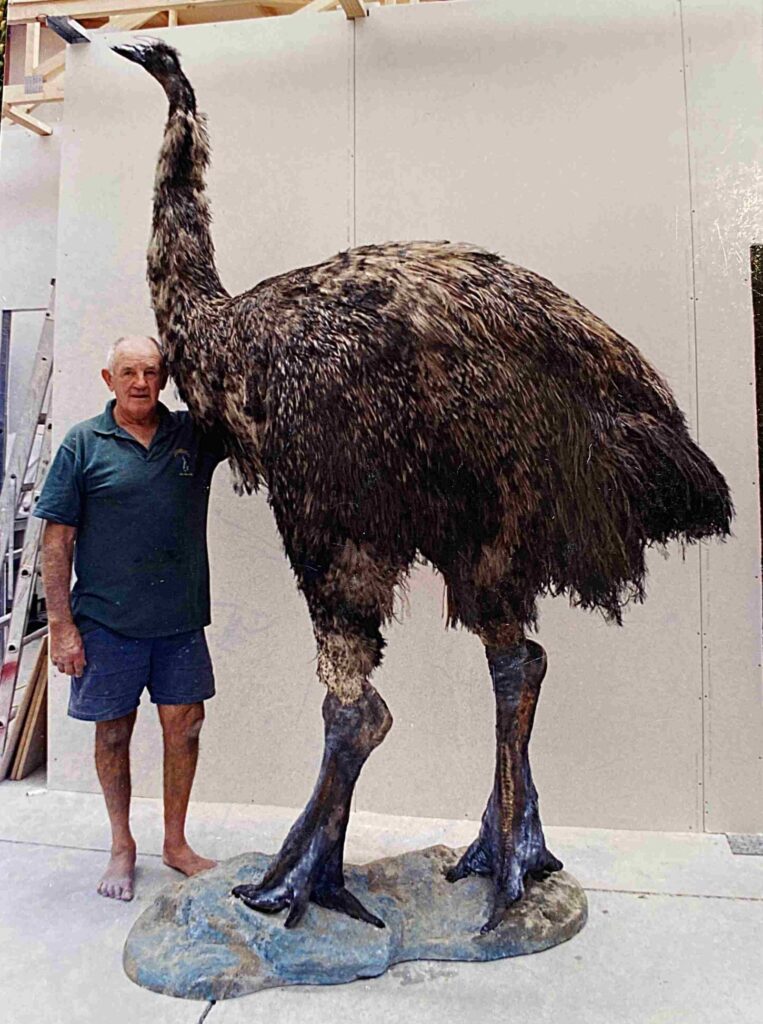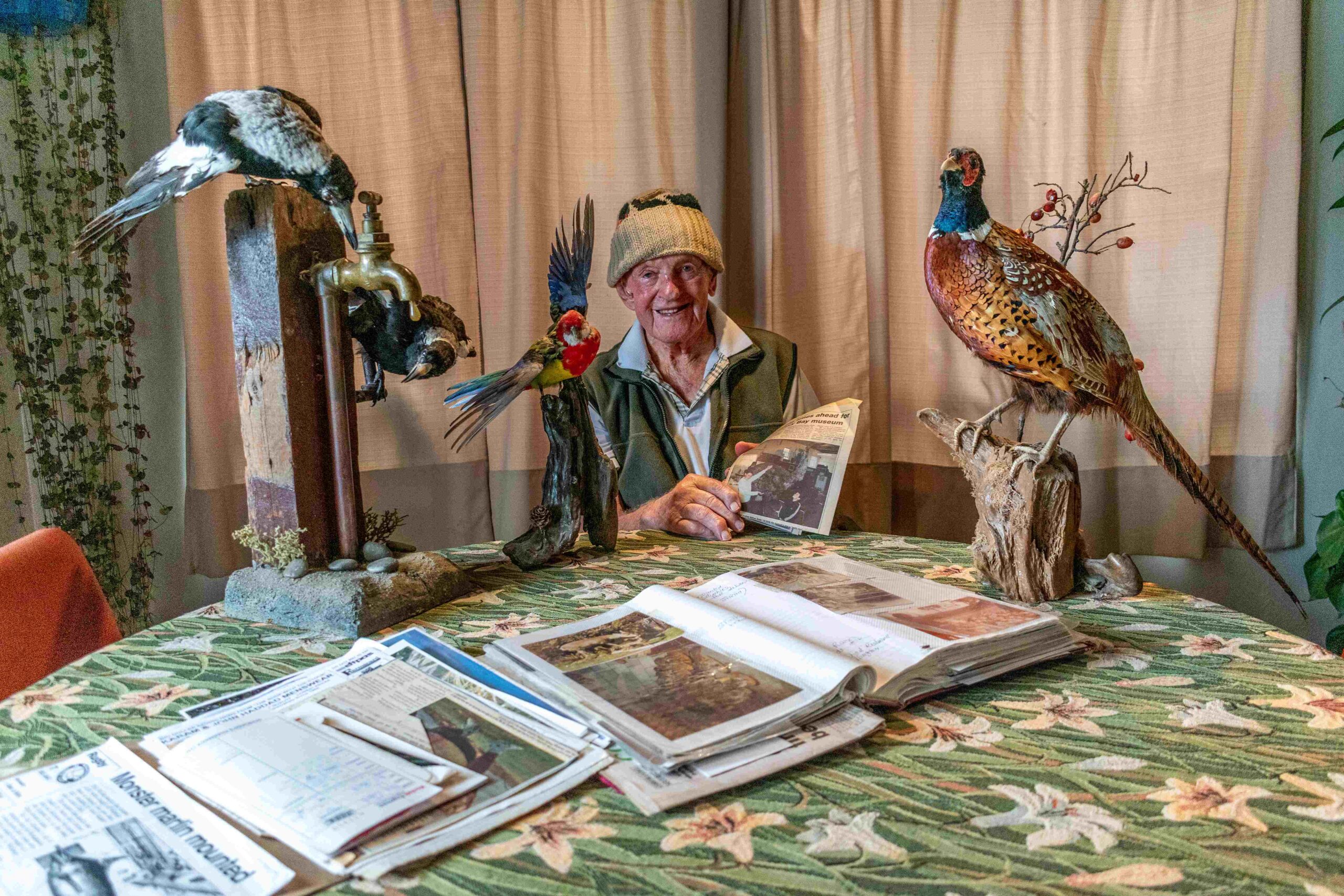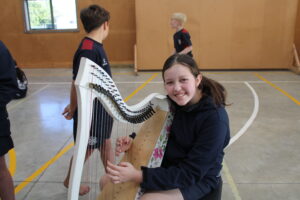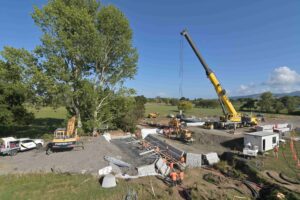Former taxidermist Gordon Clark has a photo album stuffed to the brim with images of his life’s work.
The 92-year-old now resides at Bupa Tararu Rest Home, but for more than 70 years he toiled in his workshop, creating stories with his preserved works.
“I’ve been a hunter, hunting man, and even when I was young, I started keeping things and making them. I got a correspondence course from America, and that’s how I really got started,” Gordon said.
The mainstays of Gordon’s career were privately commissioned pieces from proud hunters and fishers, destined for mounting in a family home or hunting lodge. Pigs, deer, birds, barracuda; Gordon’s well-thumbed album is a menagerie.
But some of Gordon’s pieces have made their way to the public eye over the years. By far the most unusual piece in Gordon’s career, and the one he is most eager to discuss, is an enormous three-metre high replica of a giant moa, crafted from emu skins and feathers.
The replica, which he completed in October, 2004, was originally displayed at the Mercury Bay Historical Museum as part of its Coromandel-themed nature display. Since then, it has remained one of the museum’s main attractions.
“It is quite a popular piece,” museum manager Rebecca Cox said.
“If you’re a first-time visitor you have no idea that it’s in that space and you walk in and here it is, it’s kind of standing proud in its space.”
Although the moa’s maker is uncredited – a display plaque merely says it was donated by the Whitianga Freemasons, and the museum declined to comment on its origin – Gordon has multiple photographs capturing the two months he spent in its creation.
“I studied the moas, and I’ve got pamphlets on them. It’s [from] the family of birds that don’t fly… they’ve got special feathers, which is identical to all of them,” Gordon said.
“It’s a double feather, which comes out of one hole. I thought, well, if I’m going to make one, I want to do it so it looks authentic. So I said, emus, ah, I should be able to get some emus.”

Gordon ended up using a total of five emu carcasses in the moa’s construction, due to its enormous size. The hardest part of the structure, he said, was the base.
“The big thing mounting that, was to get it to balance on two legs. So I had to make the base quite heavy, [and] it was held up with a steel frame.”
The taxidermying process is intense, Gordon said, and it begins the moment a hunter makes a kill.
“That’s the joy of being a taxidermist. I can be at home having a cup of coffee and the phone goes. Once I commit myself, I’m stuck with it,” he said.
“But the animal’s got to be in perfect condition. it can’t be smelly or anything.”
The first thing he’d do, Gordon said, was carefully remove the skin and tan it or treat it with preservatives to cure. Then he’d work on the frame, with the aid of photographs and measurements taken from the animal beforehand.
“You make a mould of polystyrene or fiberglass, and then you cover it,” he said.
“It’s surprising what I can do with a needle.”
Once the skin was stretched back over the frame, and any imperfections mended, it was time to mount the piece.
“I always like to do natural things,” Gordon said.
The pieces he made tell stories – one scene captured two magpies vying cheekily over a drop of “water” suspended from a tap, while another featured a ferret slinking into a nest of duck’s eggs.
There’s a lot of creativity, thought, and craftsmanship that goes into the process, Gordon said.
“You know, it takes a long time. I try to tell people I’m a bit like that old guy on TV that’s curing cheese.
“He just says, ‘it’s not ready yet’. You can’t rush it.”





